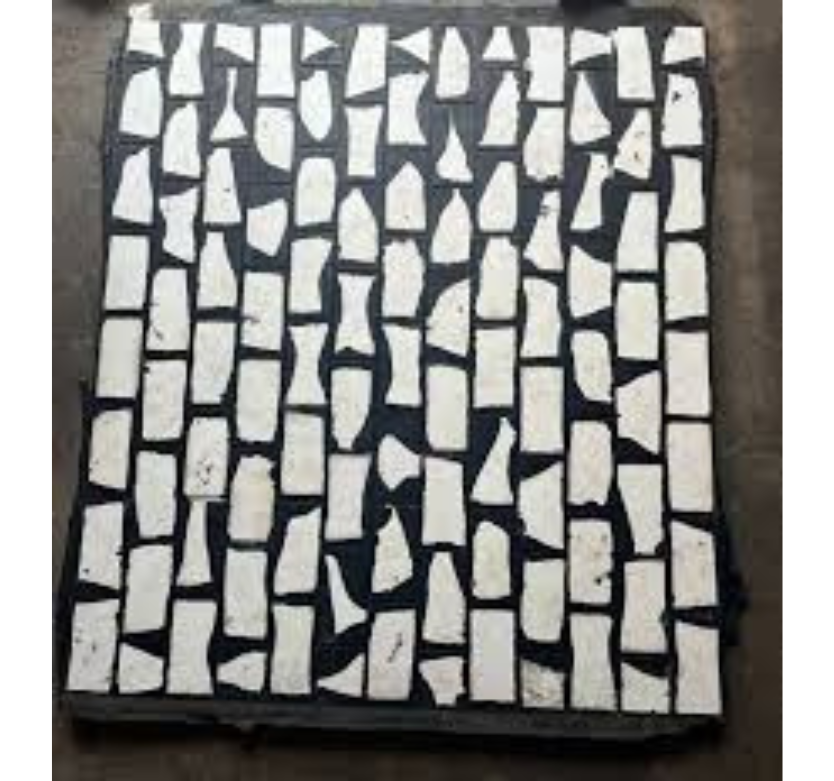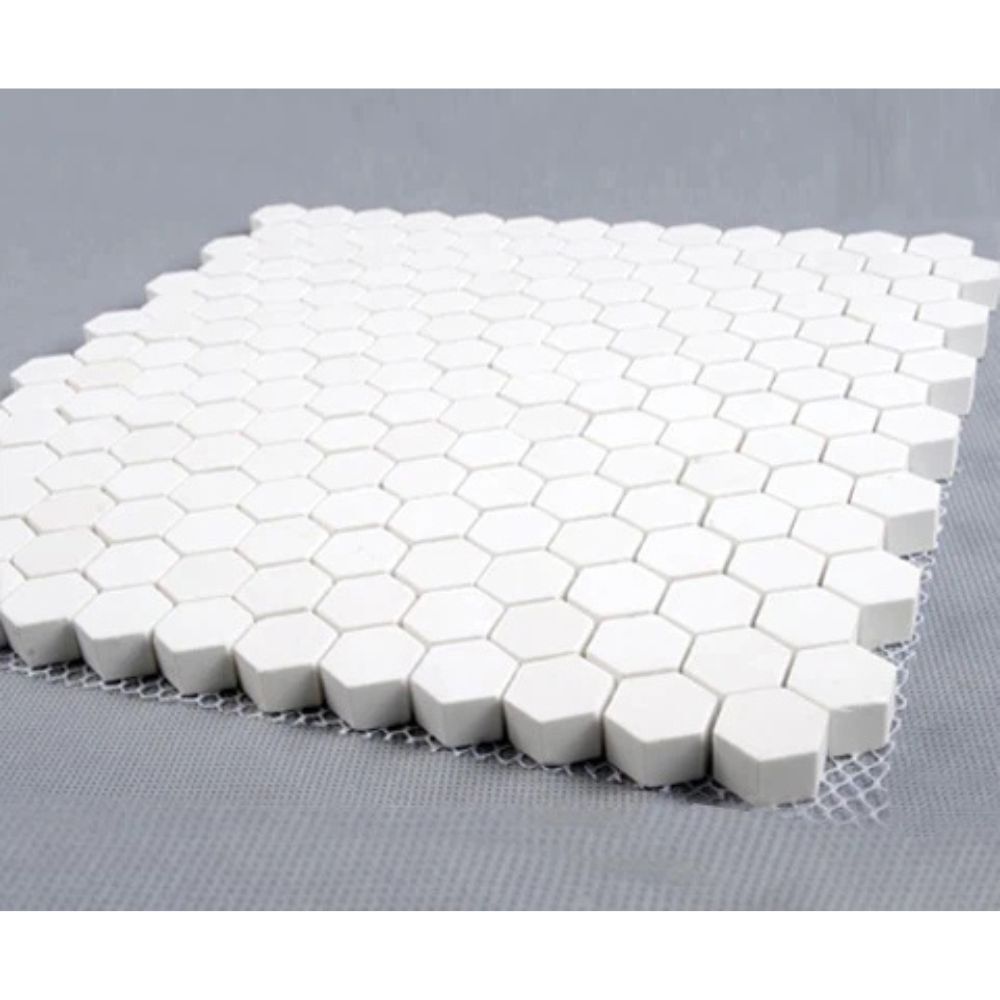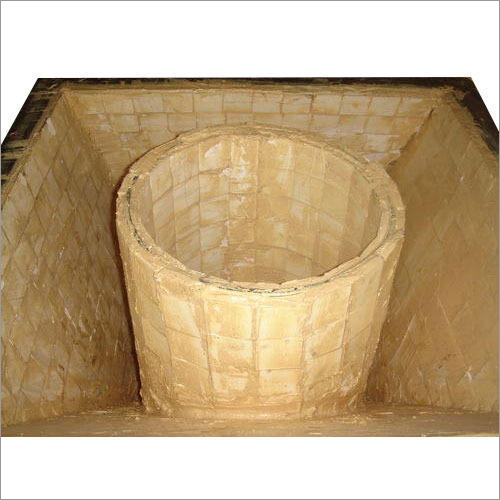Rubber CompositeLiner
उत्पाद विवरण:
- उपयोग Industry
- सिरेमिक टाइप
- मटेरियल
- साइज 50x30x10
- ऊंचाई इंच (इंच)
- प्रॉडक्ट टाइप Industrialist
- वारंटी 1
- अधिक देखने के लिए क्लिक करें
मूल्य और मात्रा
- 10
उत्पाद की विशेषताएं
- इंच (इंच)
- Industry
- Industrialist
- इंच (इंच)
- किलोग्राम (kg)
- White
- इंच (इंच)
- 1
- 50x30x10
व्यापार सूचना
- AHMEDABAD
- प्रति सप्ताह
- दिन
- Cartons (standard) Shrink-wrapped palletized packaging (for bulk orders) Foam-lined boxes (for extra protection)
- GPEC
उत्पाद वर्णन
Bestowed with vast knowledge of the domain, we are able to offer our clients a wide range of Rubber Backed Ceramic Liner.Details:
- Rubber backed ceramic liner is specially designed for places where material falls from height.
- Ceramic Liner molded with rubber in back side resists wear from abrasive particles and absorbs impact load as well.
- Highly qualitative nitrile rubber having different hardness according to the impact load falling on high alumina wear tiles is vulcanized with elastic rubber.
- It provides elasticity to the liners.
- These liners start form thickness of 6 mm (3 mm Tiles liner + 3 mm Rubber) to any other thickness.
- It can be used for Rubber Backed Ceramic Pulley Lagging & Idler Lagging.
Features:
- Wear resistance
- Highly durable
- Optimum flexural strength
-
Rubber composite liners are advanced wear protection materials designed to extend the service life of equipment exposed to severe impact, abrasion, and material flow. These liners combine the elasticity and shock absorption of rubber with the toughness of a backing layer—typically steel or embedded ceramic tiles—resulting in a highly durable and efficient solution for protecting surfaces like chutes, hoppers, bins, and transfer points.
Construction:
-
Top Layer (Rubber):
Made from natural or synthetic rubber (such as SBR, NR, or EPDM), this layer provides excellent impact resistance, vibration absorption, and flexibility. The rubber helps reduce noise and cushions material impact. -
Backing Layer (Metal/Ceramic):
-
Steel Backed: Enhances structural strength and allows for secure mechanical fastening or welding onto equipment surfaces.
-
Ceramic Embedded: Contains high-alumina ceramic tiles embedded in rubber, offering superior resistance to sliding abrasion.
-
-
Bonding:
The layers are vulcanized or cold bonded together with strong industrial adhesives to ensure they function as a unified wear body, resisting delamination and separation under load.
Technical Features:
-
Thickness: 10 mm to 50 mm (customizable)
-
Hardness: 60–70 Shore A (rubber layer)
-
Tensile Strength: ≥15 MPa
-
Elongation at Break: ≥400%
-
Temperature Range: -40°C to +80°C (varies with rubber type)
-
Chemical Resistance: Available in formulations suitable for acidic, alkaline, or solvent-exposed environments
Advantages:
-
High resistance to wear, impact, and corrosion
-
Reduces equipment maintenance and downtime
-
Lowers operational noise and vibration
-
Lightweight and easy to install (mechanical or adhesive bonding)
-
Customizable in size, shape, and thickness
Applications:
-
Mining and mineral processing plants
-
Cement, power, and steel industries
-
Chutes, hoppers, silos, transfer points
-
Bucket elevators and feed zones
-
Belt conveyor impact zones
-

Price: Â
- 50
- 100
- 200
- 250
- 500
- 1000+






